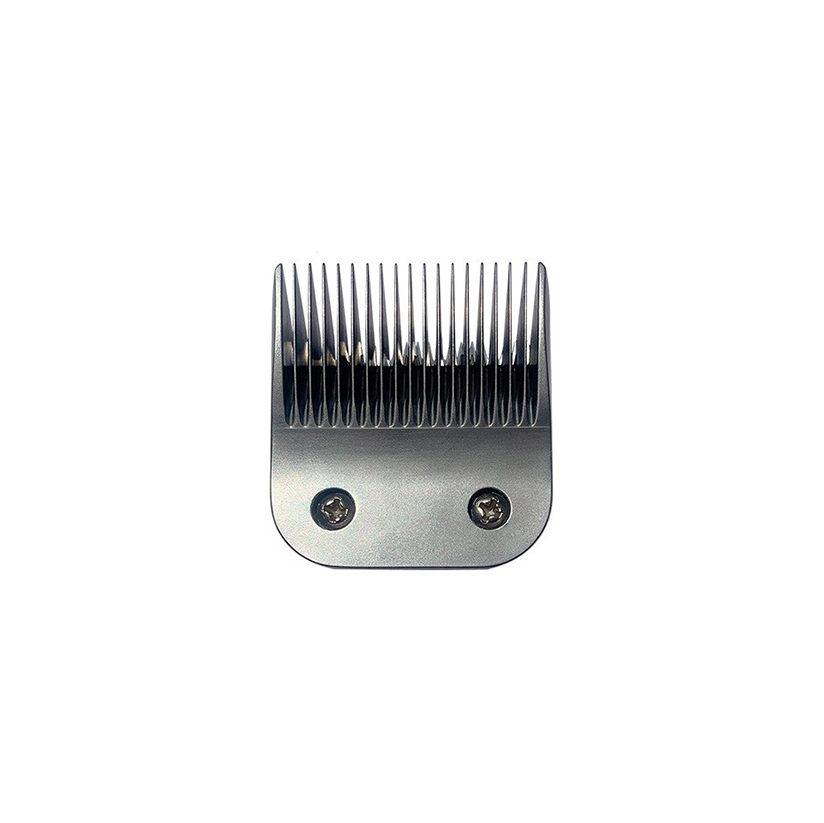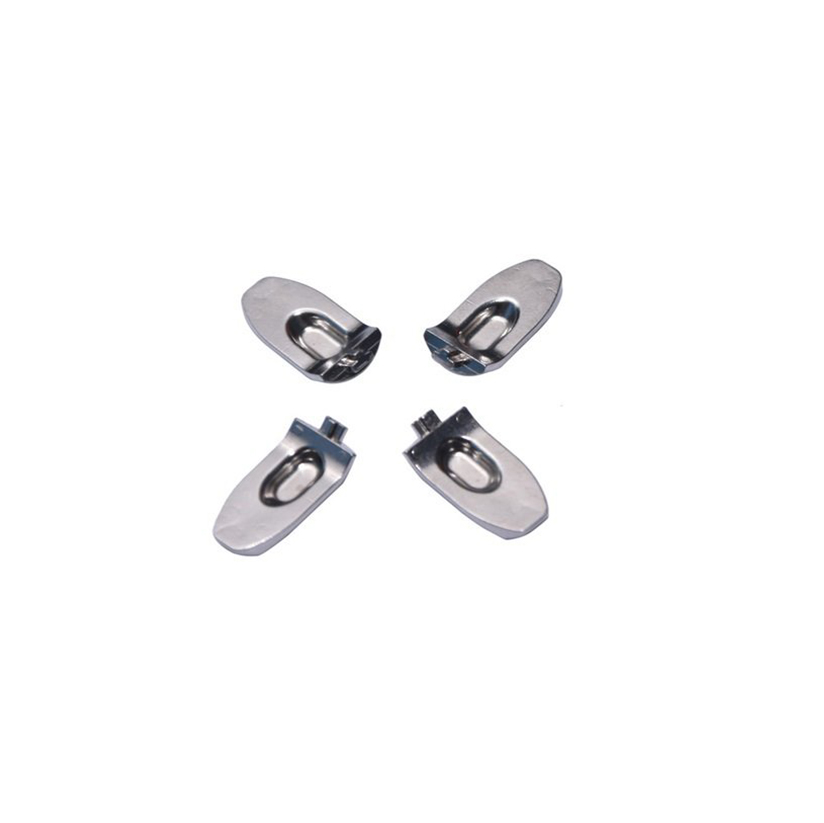Powder metallurgy is a process technology for preparing a mixture of metal powder and non-metal powder as raw materials, forming and sintering to manufacture metal materials, composite materials and various types of products. Powder metallurgy products industry only refers to powder metallurgy products, including powder metallurgy parts, oil-impregnated bearings and metal injection molding products. Today we will take a closer look at this process.



Process characteristics
1. The density of the product is controllable, such as porous materials, good density materials, etc.;
2. The grains are small, the microstructure is uniform, and there is no component segregation;
3. Near-shaped forming, the utilization rate of raw materials is more than 95%;
4. Less cutting, only 40~50% cutting;
5. The material components are controllable, which is conducive to the preparation of composite materials;
6. Preparation of insoluble metals, ceramic materials and nuclear materials.
Application of powder metallurgy parts
Powder metallurgy technology, as a forming process of less and no cutting metal parts for the manufacture of auto parts, has always been valued by the global auto industry. In the cars produced in the United States in 2007, the average amount of powder metallurgy parts per car has reached 20kg. Considering that the average mass of the car is 1000kg, this means that iron-based powder metallurgy parts in the cars produced in the United States, according to the quality. has reached the level of 1.75%. This ratio was 0.42% in 1977, 0.61% in 1987, and increased to 0.95% in 1997. It has almost doubled in the past 10 years. According to reports, there are about 20,000 parts in a car, and according to preliminary statistics, there are more than 230 powder metallurgy parts currently used in cars, with a total of about 750 pieces. That is, according to the number of parts used in car production. Powder metallurgy parts account for about 3.75%. This shows that powder metallurgy parts for automobiles are basically small parts. Small car parts are mainly produced by casting, forging, welding and cutting. Powder metallurgy parts can replace cast/cut parts, forged/cut parts and steel cut parts, which can save a lot of material and energy. Reduce production costs and even reduce the weight of parts, which is beneficial to lightweight cars and reduces environmental pollution.
The main application components of powder metallurgy in the automotive field
1. Engine parts
In order to improve fuel economy and control emissions, the operating conditions of automobile engines have become more severe. Using powder metallurgy valve seat, valve guide, VCT and sprocket, etc., can have high strength, high wear resistance and excellent heat resistance.
2. Transmission parts
A near-net shaped synchronizer ring is combined with dual friction and high strength materials to create the world's first clutch hub. In addition, high-strength components, such as lever-type shift gears and shift forks, are fabricated by high-temperature sintering.
The powder metallurgy transmission components in automobiles mainly include: synchronizer hubs, synchronizer rings, parking components, column shift components and control rods.
3. Shock absorber parts
In shock absorbers of automobiles and motorcycles, piston rods and piston guide valves are important parts. Taking into account the stable damping force of the shock absorber, powder metallurgy parts are used, which have a high-precision thin plate surface, which can reduce friction, ensure the stability of handling, and improve ride comfort.

